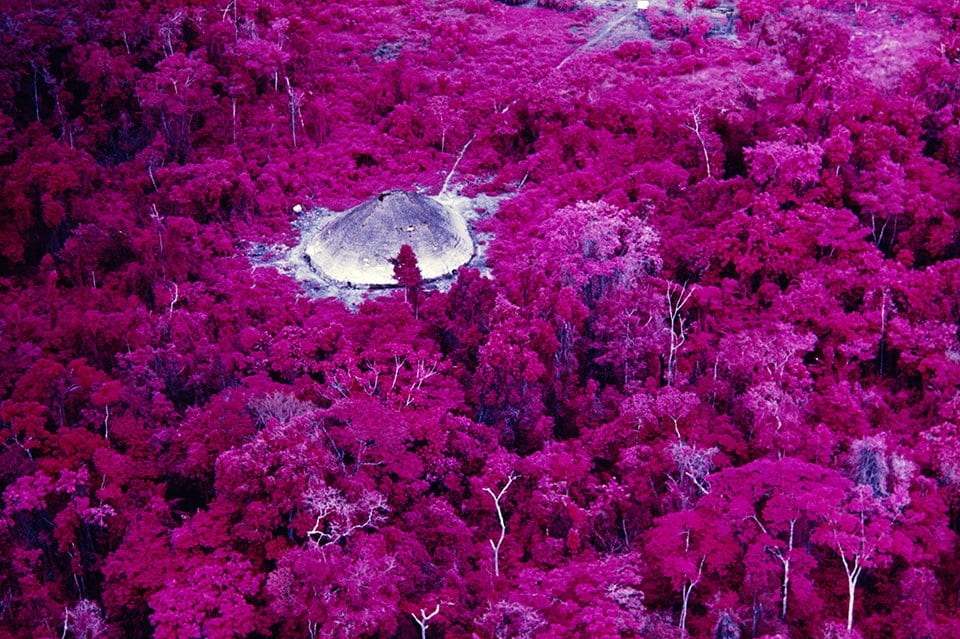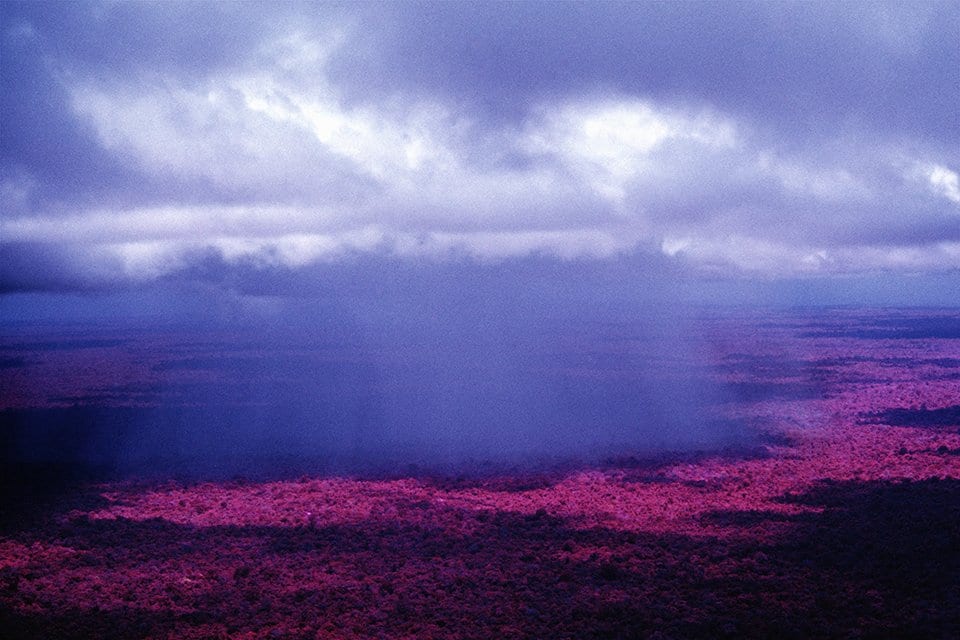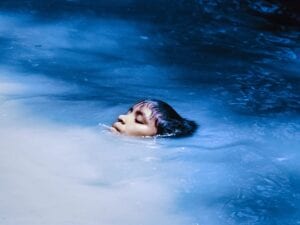After half of Claudia Andujar’s family were killed in WWII, she dedicated five decades to photographing and raising awareness of the Yanomami people – one of Brazil’s largest indigenous groups, with approximately 35,000 people. The photographer was born in Switzerland in 1931, and grew up in Northern Transylvania, a region that is now part of Romania. During the German military occupation, Andujar and her mother fled to Switzerland. Her father and her paternal family were deported to Auschwitz and Dachau, where they were murdered. In 1946, Andujar moved to New York – relocating to Brazil in 1955. She met the Yanomami in 1971 whilst working as a photojournalist on a commission about the Amazon, and became fascinated by their culture.
“Even before Claudia started to work with the Yanomami, she was interested in discrimination – the vulnerability of the human being and the importance of respect,” says Thyago Nogueira, Curator of the recently closed retrospective at Fondation Cartier – which has recently launched an online offering. In the 1970s, the Yanomami’s way of life was coming under threat as the outside world increasingly encroached on their territory. Andujar was involved in activism to protect the community. “It’s not only an artistic exhibition but a political project that features photography about other cultures. It’s about how we understand the world and what we can do to protect its diversity.”
Find out more and view the exhibition online here.
Lead image: Detail of Journey by pirogue. Catrimani, Roraima, 1974.
1. Detail of The young Susi Korihana theri swiming. Infrared film, Catrimani, Roraim, 1972-74.
2. The forest, infrared film, Roraima, 1972-76.






